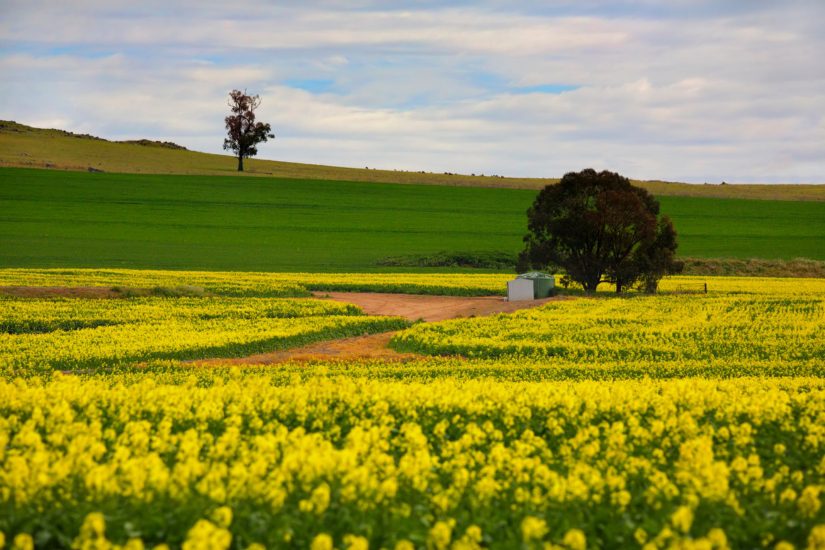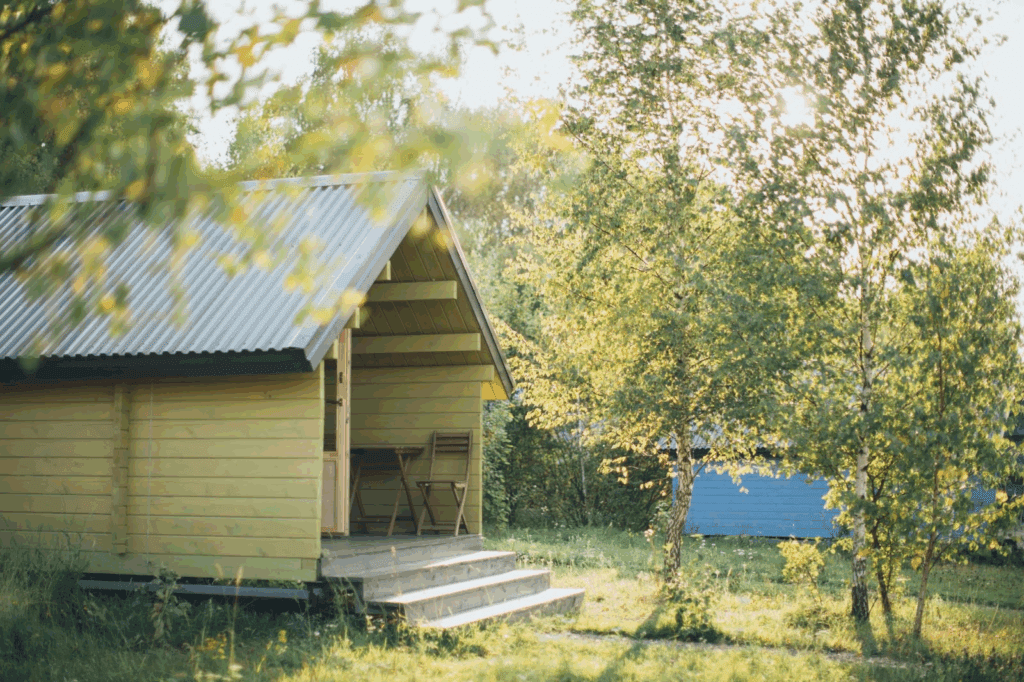

Let’s be honest. The classic Australian shed is usually a graveyard. It’s where old paint tins go to rust, where spiders build empires, and where that exercise bike you swore you’d use goes to die a slow, dusty death. We see it as a glorified junk drawer for the backyard.
But what if that tin-roofed box was actually your secret weapon for living a less wasteful, more sustainable life? Forget seeing it as a forgotten storage space. Sheds and garages are powerful hubs, just waiting for you to flip the switch. It’s one of the most overlooked opportunities to make a real environmental dent, right at home.
From catching rainwater to creating your own power, these buildings are transforming into mission control for a smarter lifestyle. So let’s talk about how your shed can become the cornerstone of your efforts to shrink your environmental footprint.
Your green journey starts with not buying flimsy junk. A shed that threatens to blow away in a strong wind isn’t sustainable; it’s just future landfill. The first, most critical step is choosing a structure made from materials that are built to last.
This is where something like Australian steel comes in. It’s tough. It can handle our ridiculous weather, from scorching sun to torrential rain, and it won’t get eaten by termites or rot away. The whole point is longevity. A shed that stands for decades means you’re not constantly replacing it, which means less consumption of raw materials, less energy wasted on manufacturing, and less rubbish cluttering up the planet.
This isn’t rocket science. It’s the “buy it once, buy it right” philosophy. Buy sheds that give you a solid foundation that will serve you, and the planet, for years. You want stuff that’s been engineered for local conditions, because anything else is just a waste of resources waiting to happen.
And when it finally, decades from now, reaches the end of its life? Steel is one of the most recycled materials on earth. It can be melted down and reborn as something new without losing its strength. This creates a circular economy—a fancy term for not throwing things away.
Australia is dry. Shocking, I know. So why on earth are we letting perfectly good, free water from the sky run off our roofs and straight down the drain? Your shed or garage provides a ridiculously simple solution.
That big, sloped roof is basically a giant, angled funnel. It’s practically begging you to collect the rainwater that lands on it. All you need is some gutters, a downpipe, and a tank. That’s it. With a simple setup, your shed is no longer just a shed; it’s your personal water-saving utility.
What do you do with all this free water? Well, you use it for anything you don’t need pristine, treated drinking water for. Water the garden. Top up the pool. Wash the car. You’ll cut your water bills, ease the strain on the public supply, and become that slightly smug, self-sufficient neighbor everyone is secretly jealous of.

The solar revolution is here, and while everyone is slapping panels on their house, they often forget about the unsung hero of renewable energy: the garage roof.
Honestly, a shed or garage roof is often the perfect spot for solar panels. It’s usually a simple, wide-open surface with a great angle, soaking up sun all day without being shaded by trees or complicated by chimneys. It’s a clean slate for an efficient solar array. The power you generate can run the tools in your workshop, offset your home’s energy use, or, and this is the cool part, charge your electric car. You could literally be driving your car in pure sunshine.
Want to take it to the next level? Stick a battery system in the garage. Now you’re storing the excess energy you made during the day to use at night. This is how you gain real energy independence. You’re less reliant on the grid, you have a backup during a blackout, and your carbon footprint gets even smaller.
Your shed shouldn’t be where your belongings go to die. It should be a triage center—a place where you actively stop things from ending up in landfill.
Get organized. Set up dedicated bins for different recyclables, a compost bucket for kitchen scraps, a spot for soft plastics. Create a “repair bay” with a few basic tools. The goal is to make it easy to do the right thing. When something breaks, your first thought shouldn’t be “I’ll buy a new one,” but “I’ll take it to the shed.”
This is your personal rebellion against throwaway culture. The shed is the perfect space for those little projects that give old items a new purpose. Sand down and repaint that ugly dresser you found on the curb. Learn how to fix a wobbly chair. Build a bookshelf out of reclaimed wood. It’s not just a hobby; it’s a powerful statement. You’re saving money, saving resources, and refusing to participate in the endless cycle of consumption.
Look, a shed isn’t just for storing things. It’s for doing things—specifically, the kinds of things that lead to a better, greener life.
It’s the perfect, secure home for your bicycles, which suddenly makes you more likely to ride them for short trips instead of firing up the car. It’s your potting station for starting a veggie patch, which shrinks your food miles to zero. It could even be your basecamp for beekeeping, which is great for local pollination.
And let’s talk about storage. Having a garage or shed means you can buy things in bulk. Think eco-friendly cleaning supplies, toilet paper, or pantry staples. Buying in bulk almost always means less packaging waste. It’s a simple change, enabled by having the space, that adds up over time. The shed supports a lifestyle, not just your clutter.
So, yeah. That humble tin shed is way more than a place to hide from your in-laws. It’s a practical, no-nonsense tool that lets you collect water, generate power, manage waste, and foster better habits.
These structures are platforms for self-reliance. By looking at them through a green lens, we unlock their true potential. They’re an investment in your property, sure, but they’re also an investment in a saner, more sustainable future. It’s time to stop seeing your shed as a storage unit and start seeing it for what it is: your personal gateway to a greener life.
